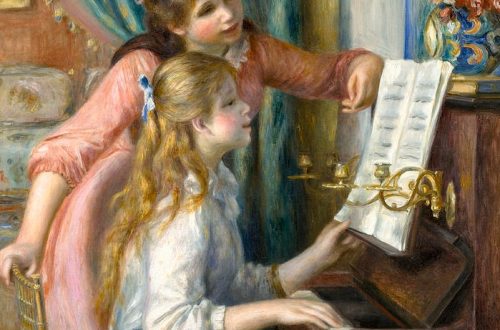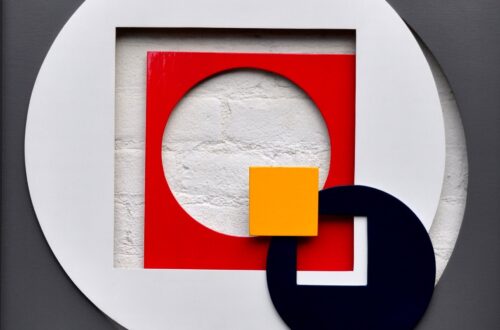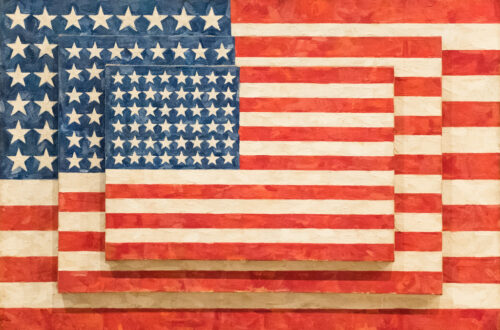Vivian Maier’s photos, categorized as “street photography” are today highly-lauded, yet they only arose to the public spotlight after her passing. Vivian Maier’s photography focused on the architecture and people that she encountered in places such as Los Angeles, New York City, and Chicago. Many of Vivian the photographer’s works were not developed in her lifetime and only came to light after Ron Slattery developed and posted the negatives that he had found in 2008. Read more below to learn about Vivian Maier’s biography and most renowned photos!
Vivian Maier’s Biography
| Artist Full Name | Vivian Dorothy Maier |
| Nationality | American |
| Date of Birth | 1 February 1926 |
| Date of Death | 21 April 2009 |
| Place of Birth | New York City, New York, United States |
Vivian Maier was born in 1926 to Charles and Maria Maier. Her father originally came from Austria and her mother was French. Her father left the family temporarily in the 1930s and the young girl spent a few years living between the United States and France, where she stayed with her mother in Saint-Bonnet-en-Champsaur. In 1938, they moved back to New York and once again stayed with Charles, who was working as a steam engineer at that time.
Career
In 1956, Vivian Maier relocated to the North Shore in Chicago, where she was employed as a nanny and caretaker to two families for around four decades. These families characterized Maier as exceptionally quiet and private, and she spent her free time exploring the city streets capturing images of its people and buildings, often taking the children she was looking after with her. This sometimes even included the more rundown parts of the city, such as the stockyards. She was often described as a somewhat enigmatic figure who often changed the details of her life and even her accent, depending on who she was talking to. She often claimed that she was French, but this has since been disproven by a linguist who stated that she was faking the accent. Even her work as a nanny seems to have been met with polarized opinions, with some children stating that she was a positive figure in their lives, while others claimed that she could be abusive at times.
Maier embarked on a journey by herself all across the world from 1959 to 1960, taking photos in countries such as Thailand, the Philippines, Vietnam, Hong Kong, Singapore, Malaysia, India, Egypt, Yemen, Lebanon, Greece, Turkey, Syria, France, Italy, and Switzerland. It is believed that she got the money to finance the trip after her family’s farm in France was sold. Over the years, she accumulated over 20 boxes of photographs and negatives, in addition to tape recordings of interviews she made of people that she had photographed. In her later years, she was rather destitute and was financially supported by two men from the Gensburg family whom she used to look after when they were still young boys. In 2008, Vivian Meyer was walking down a street covered with ice and she fell and hit her head. She was submitted to a nursing home, where she passed away on the 21st of April, 2009.
The Rediscovery of Vivian Maier’s Photography
A couple of years before she passed away, she ran into serious financial trouble and was no longer able to meet the payments for the storage space she was renting. Therefore, all the boxes of photographs and negatives that belonged to Vivan the photographer were put up for auction. Randy Prow, Ron Slattery, and John Maloof were the three collectors who ended up buying Vivian Maier’s photographs, with Slattery being the first to upload the photos to the internet. Initially, they were met with very little response. At the time, John Maloof was compiling a book about Portage Park, a neighborhood in Chicago, so he bought around 30,000 negatives of Vivian Maier’s photos, which was the bulk of her work available at the auction. He subsequently went on to buy more of her works from one of the other collectors who had acquired them at the same auction.
Other than finding Maier’s name in these boxes, he did not know anything else about her until he came across the notice of her passing in 2009 in the April edition of the Chicago Tribune. A few months later, he linked a collection of Vivian Meyer’s photos to his blog which subsequently went viral. Randy Prow then sold part of the collection he had purchased at the auction to Jeffrey Goldstein, an art collector from Chicago the following year. However, around 90% of Vivian Maier’s photos are owned by John Maloof, who is said to have an estimated 150,000 negatives in his possession. After her passing and the rediscovery of her works, Vivian Maier’s photos have gained worldwide recognition and have appeared in numerous publications, documentaries, and exhibits.
Vivian Maier’s Photography Style
It has been proposed that Maier’s appreciation for American society and cities emerged due to spending so much time in France as a child. This was said to have sharpened her observations of the architecture and traits of the American people that make the country so unique. Her most renowned photos were taken from the 1950s to the 1960s and portrayed the streets of New York and Chicago. However, she not only captured the world around her, but often turned the camera on herself, taking portraits of her within these environments, and often, her photos would just be of her shadow.
While she has on many occasions been compared to other photographers, her works remain distinct due to their clarity and calm atmosphere, largely due to her works focusing on scenes without much movement. She primarily used a medium-format Rolleiflex, as opposed to the typical 35 mm cameras used by other street photographers at the time, thus often producing more detailed images when compared to her peers. In the 1980s she switched over to using Ektachrome film. Vivian Maier’s photographs were usually taken from below, portraying candid moments and capturing genuine emotions, while providing the individuals present with a larger-than-life appearance. It has even been suggested that this low-angled view was chosen to replicate the view from which a child experienced the world, no doubt influenced by the decades that she had worked as a nanny.
Notable Examples of Vivian Maier’s Photography
While Maier was said to have taken innumerable photos during the course of her life, she only rose to fame posthumously. This has, of course, raised many issues regarding the ethics surrounding exhibiting her work without her knowledge or consent. This is because it is the collectors and galleries that ultimately profit considerably from the works of individuals who often lived and died in destitute situations. However, her photos do offer us the opportunity to observe what life was like on the streets during that period in a manner that feels both authentic and artistic. Let us find out more by looking at a few notable examples of Vivian Maier’s photography.
Untitled (Self-Portrait) (1953)
| Date | 1953 |
| Medium | Gelatin silver print |
| Dimensions (cm) | 30 x 30 |
| Current Location | Maloof collection, www.vivianmaier.com |

Vivian Maier’s photos included many self-portraits, and she would often appear as an anonymous presence in reflective things such as mirrors, windows, or hubcaps, or sometimes just her shadow was visible. The only chance she got to observe many of the scenes she captured was when looking at them through the camera’s viewfinder in order to frame the shot and never ended up developing many of them. This raises the question of whether she would have wanted other people to even see them. However, she did develop a considerable number of her self-portrait photos, so it is apparent that she too, found them appealing and worth printing.
Others have added that by inserting herself into her works, she has consciously accepted the role of the artist and would have most likely appreciated being considered one by others. She was known to be a feminist and often dressed in a somewhat androgynous manner. This has been viewed as significant and it undermined the expectations of her gender at the time as well as shone a spotlight on a segment of the population that had up to that point been relatively invisible to the public eye – an unmarried woman with no children. Due to these factors, her photos are viewed as having challenged the status quo of the time, bringing into question the values that America held dear at that time.
Untitled (May 5,1955, New York City) (1955)
| Date | 1955 |
| Medium | Gelatin silver print |
| Dimensions (cm) | 30 x 30 |
| Current Location | Maloof collection, www.vivianmaier.com |
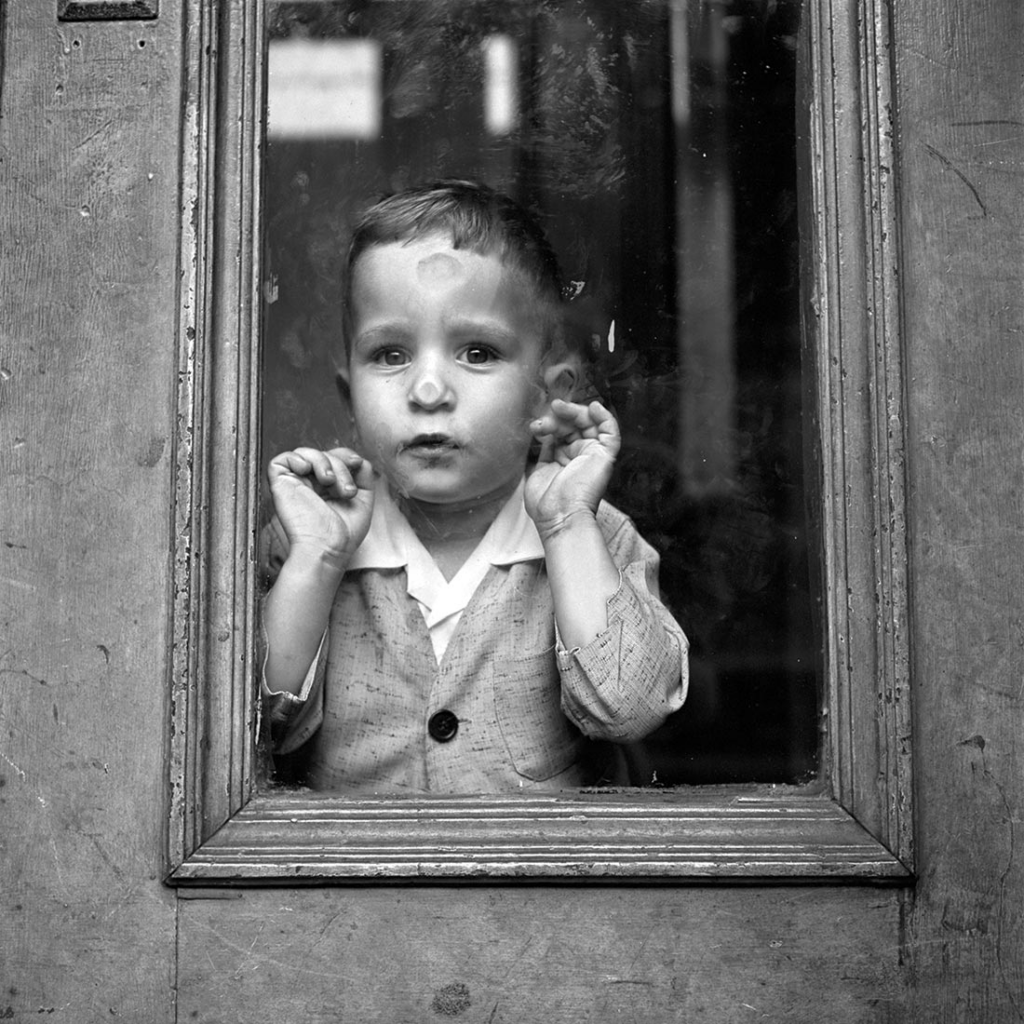
One of the most distinctive aspects of Vivan Maier’s photos is her unprecedented ability to portray children and women in such an authentic manner. Whether capturing children at play or in one of her many portraits, she was able to enter the psychological state of her subjects, portraying the scene as if one of them. This has led to her work often being compared to that of Helen Levitt, another photographer who was renowned for her images of children playing in various neighborhoods.
Many of the children featured in her photos often make direct eye contact with Vivian the photographer, resulting in works that feel playful and personal. However, her photos of adults do not contain that same personal connection with her presence rarely noticed by those within the frame. When they did look at her, she was often met with disapproving expressions. In this particular photo, a boy can be seen pressing his face against the pane of the window, expressing a keen interest in the photographer, thus establishing a feeling of connection between the subject and the viewer.
Untitled (Sept 24, 1959, New York City) (1959)
| Date | 1959 |
| Medium | Gelatin silver print |
| Dimensions (cm) | 30 x 30 |
| Current Location | Maloof collection, www.vivianmaier.com |
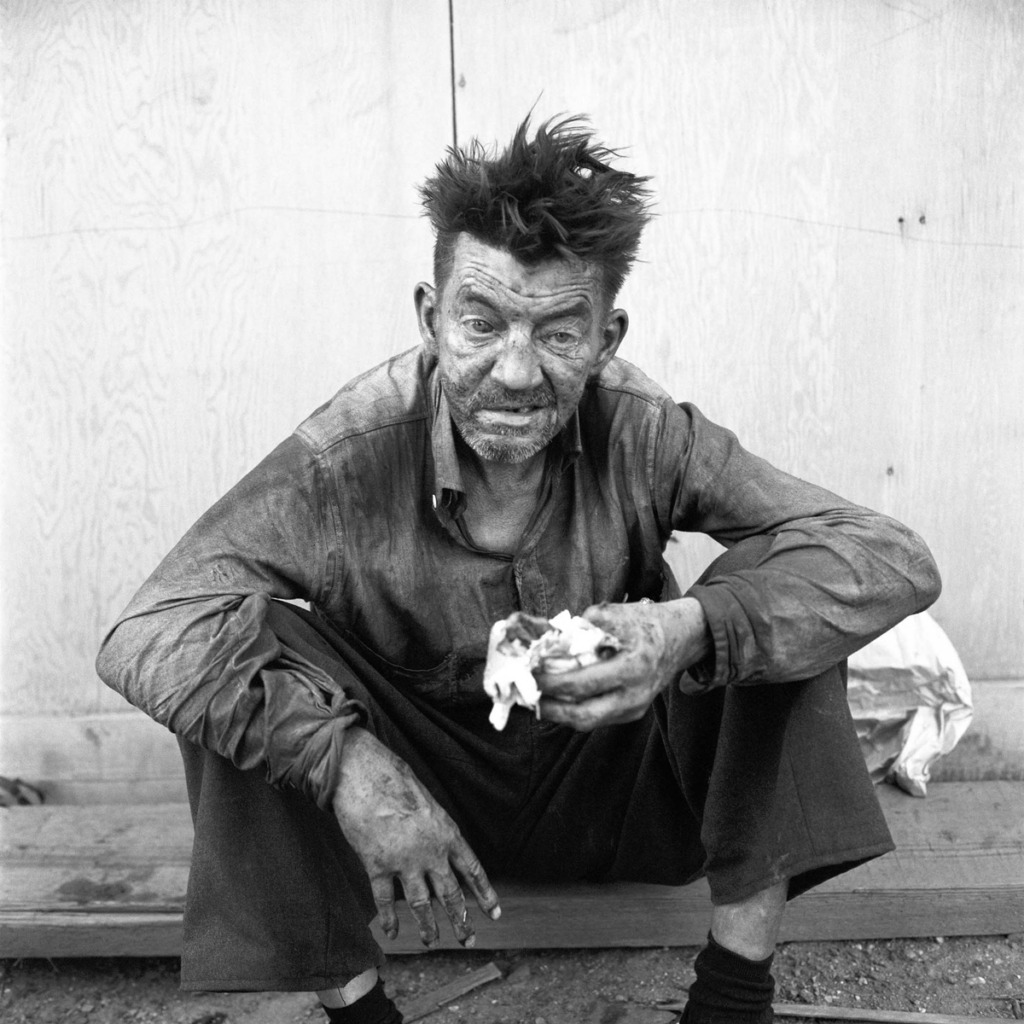
Vivian Maier also took a considerable number of photos of impoverished people as well as racial minorities, comparable to the works of Diane Arbus. This photo focuses on a man that appears rather dirty and unkempt, perhaps either a homeless individual or someone who works in a hard manual labor job. It is believed that she empathized with those who were destitute, relating to those who were struggling in their daily lives.
These themes of hardship and alienation have drawn parallels with the works of the Swiss-American street photographer, Mary Ellen Mark as well as Richard Avedon. It has been suggested that Maier was able to capture such genuine portraits because, as a woman, she established a connection with her subjects, which broke down the walls between photographer and subject, and encouraged the subjects to open up and be themselves in front of the camera. It was generally the poorer subjects that revealed their inner characters, though, and the more affluent parts of society would usually regard her with disdain when they realized they were being photographed.
Untitled (7 April 1960, Florida) (1960)
| Date | 1960 |
| Medium | Gelatin silver print |
| Dimensions (cm) | 30 x 30 |
| Current Location | Maloof collection, www.vivianmaier.com |
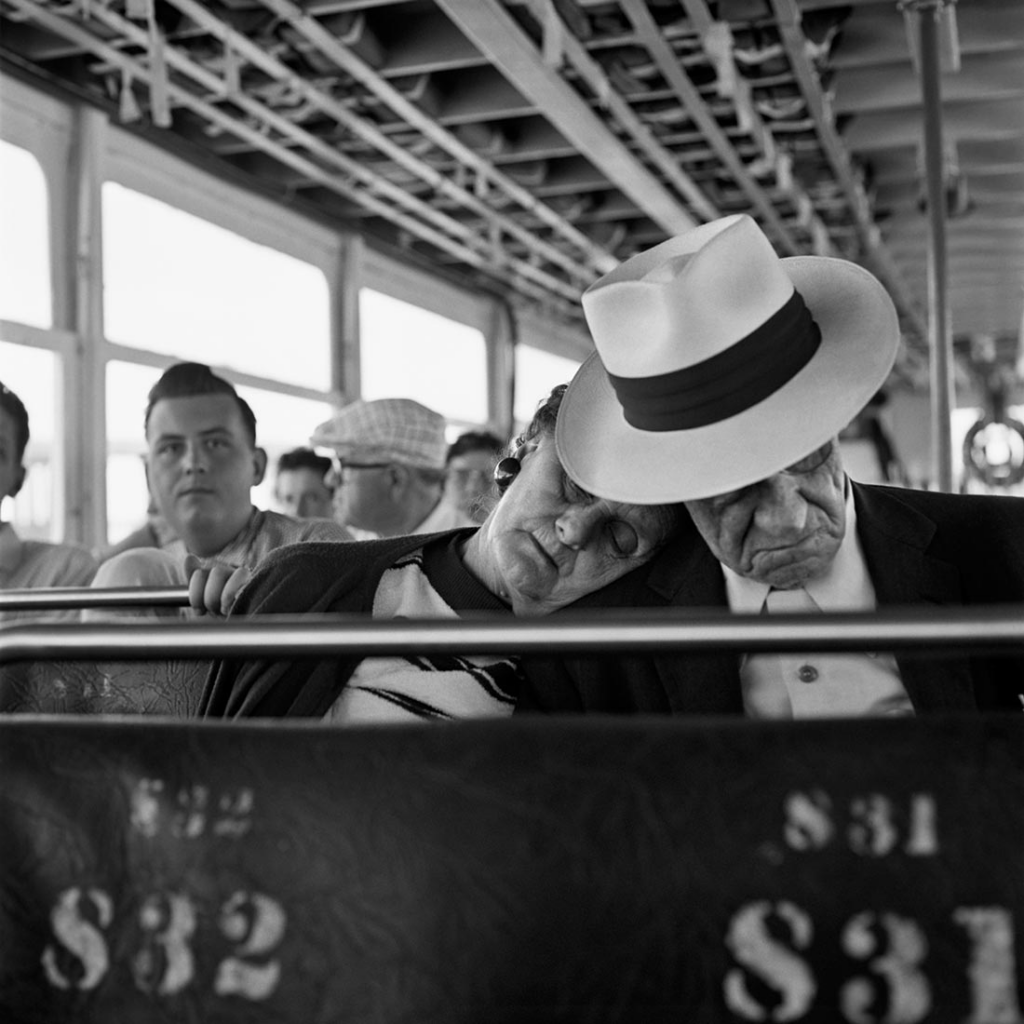
While the photographer has great difficulty establishing relationships in her own life, she took many photos of other people engaged in a moment of tenderness and intimacy. This particular photo portrays an elderly couple on a bus, resting their heads on each other while seeming to gently doze off. The lines present on the roof of the bus lead the eye of the viewer to the heads of this couple, capturing a transient moment of tenderness that is imbued with emotion. This is characteristic of the sense of calm often observed in Vivian Maier’s photography.
Untitled (April 19, 1971, Chicago) (1971)
| Date | 1971 |
| Medium | Gelatin silver print |
| Dimensions (cm) | 30 x 30 |
| Current Location | Maloof collection, www.vivianmaier.com |
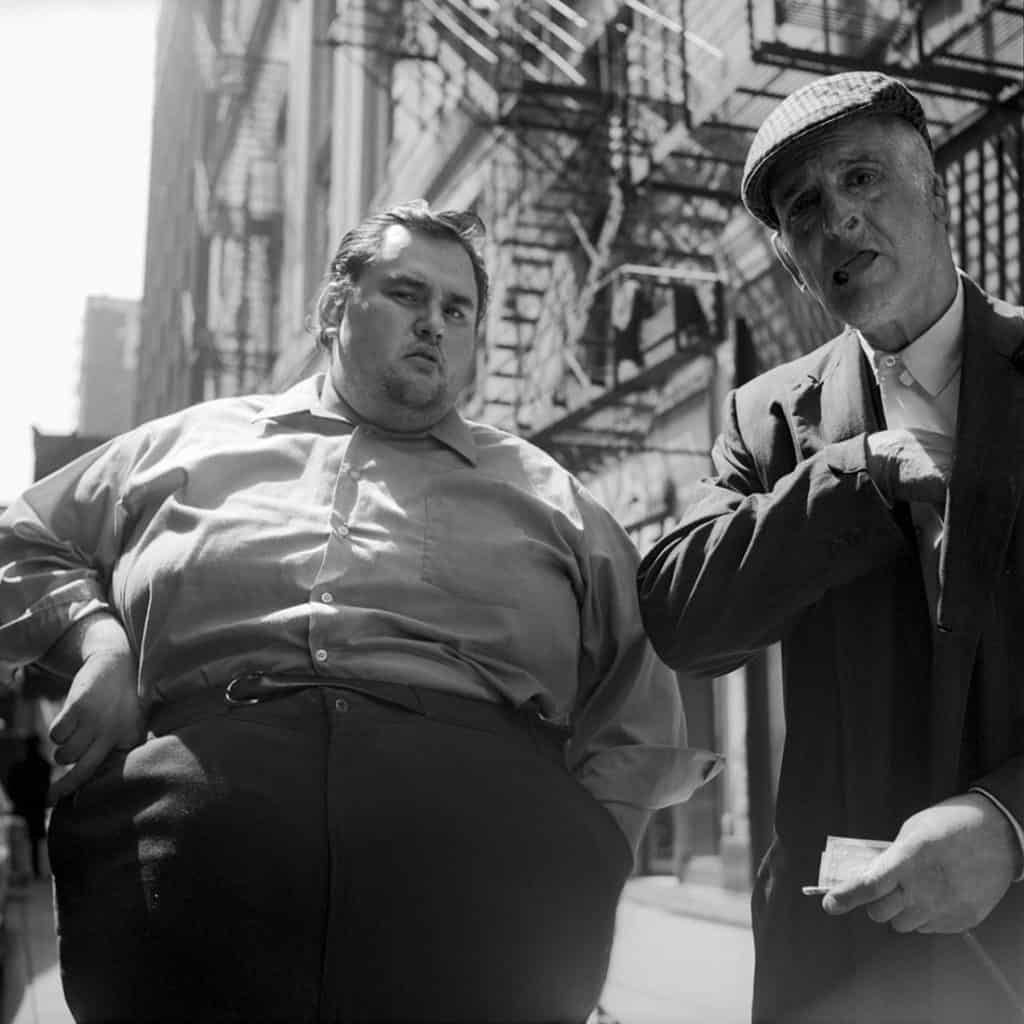
Maier possessed a strong sense of humor, often presenting characters in her photos featuring upper-class women who looked almost grotesque in their over-applied layers of makeup. Maier, as with many other street photographers, was on the hunt for metaphors, absurd contradictions, and humorous situations, and was known to have an affinity for capturing unexpected and odd moments. A funny juxtaposition has been created in this photo, featuring one thin man who is only half in the frame, while the majority of the work is filled by the obese figure of another man. The photo is taken from the low angle that is so prominent in much of her works and the two men stare back at her with expressions that indicate they were not too happy about being photographed. Her camera was usually held against her chest, held in place by a strap that ran around her neck. She was able to capture her distinct low-angled views from that position, staring down at the viewfinder to frame the picture as she desired.
Untitled (August 1975, Chicago) (1975)
| Date | 1975 |
| Medium | Ektachrome film |
| Dimensions (cm) | 45 x 36 |
| Current Location | Maloof collection, www.vivianmaier.com |

Up to this point, Vivian the photographer had always captured her works using her trusty Rolleiflex camera. However, it was in the mid-1970s that she started capturing her photographs in color with Ektachrome film. This drastically changed the way in which she took photos, often making color the main subject of her works. By focusing, for example, on the colors of the clothing worn by the pedestrians in the scene, or the colors of certain cars, she was able to take everyday scenes and turn them into visually striking works of art. In this painting, yellow plays a dominant role, and the unlikely chance of three individuals being captured in the same frame wearing the same yellow makes this a notable example of the quirky and odd patterns and themes that she sought to capture in her photographs.
As we have learned from Vivian Maier’s biography, this rather obscure figure has a history that often raises more questions than it answers. She seems to have been a complex individual who often portrayed herself in different ways to different people. Even reports from children whom she used to serve as a nanny are conflicting, with some describing her as an influential figure, while others regarded her as a cold and stern woman. What we do know for certain is that her photography has proven to be significantly distinct since being rediscovered after she passed away, and deserves to finally have its place in the public spotlight.
Frequently Asked Questions
Who Was Vivian Maier?
Vivian Maier was an American photographer who traveled the world before working as a nanny for 40 years. During her lifetime, it is estimated that she took more than 100,000 photos. However, she was not well-known during her own lifetime and her works only grew in popularity after she had already passed. Boxes of her work were put on auction, and a collection of her photos went viral after one of the men who had bought her works posted them online.
What Kind of Photos Did Vivian Maier Take?
Vivian Maier took photos on the streets of various cities such as Chicago and New York, capturing unique images of the people and buildings. This kind of photography is known as street photography. Her life’s work was only recognized after her passing.









